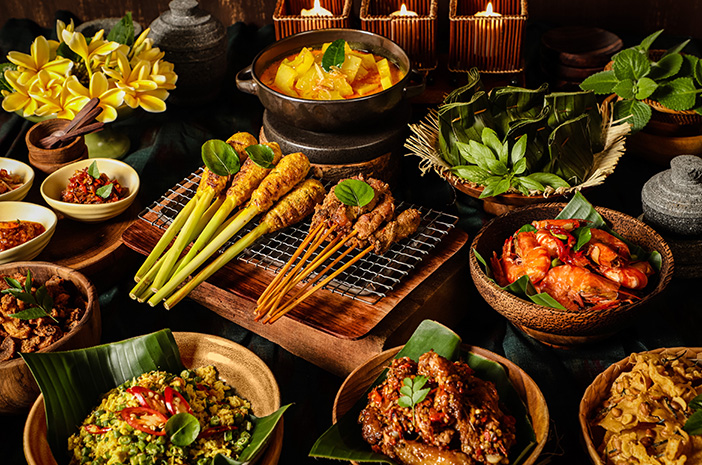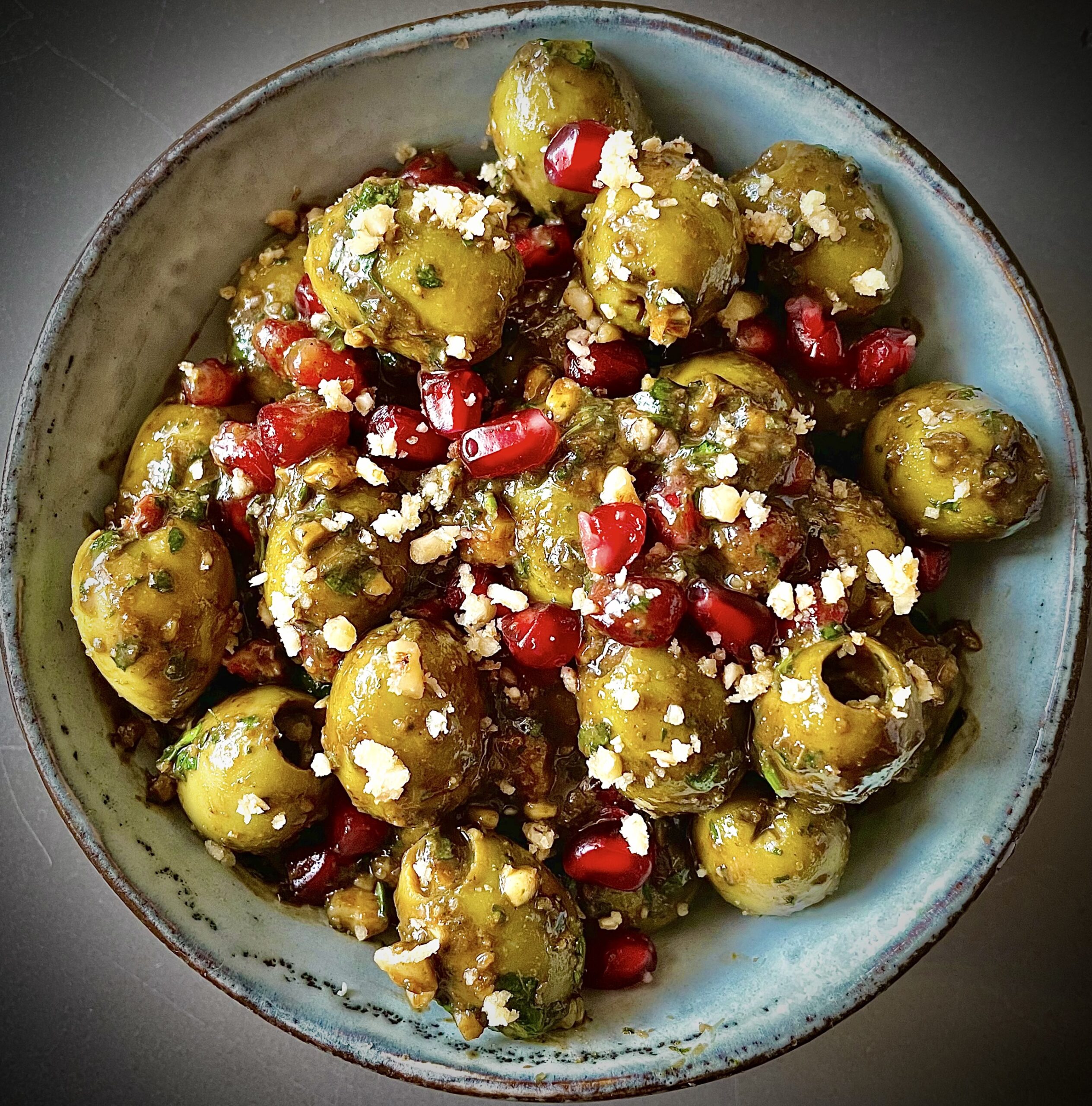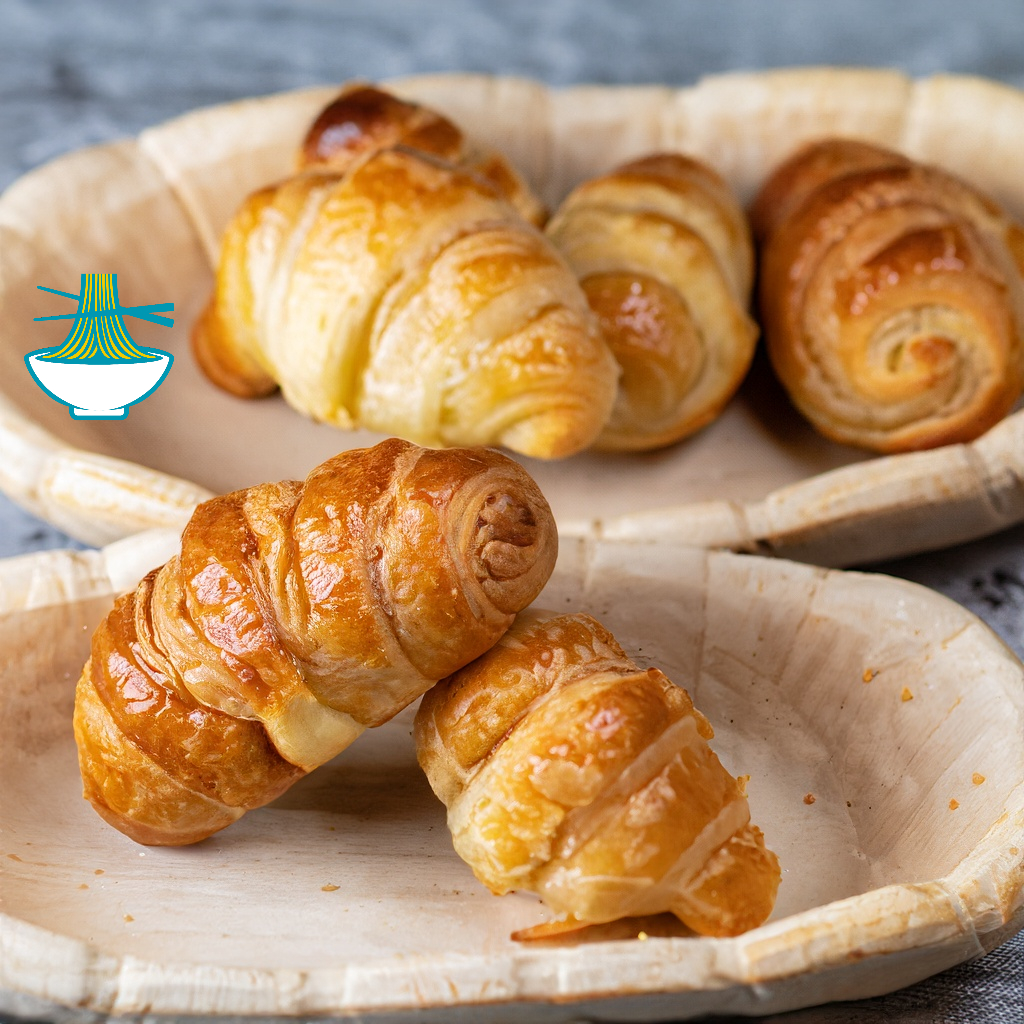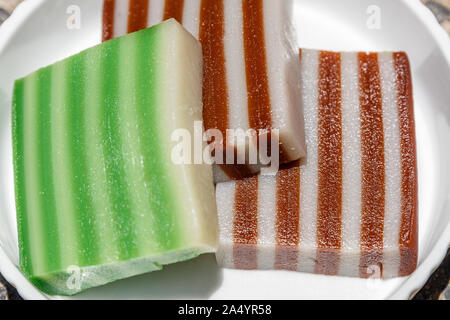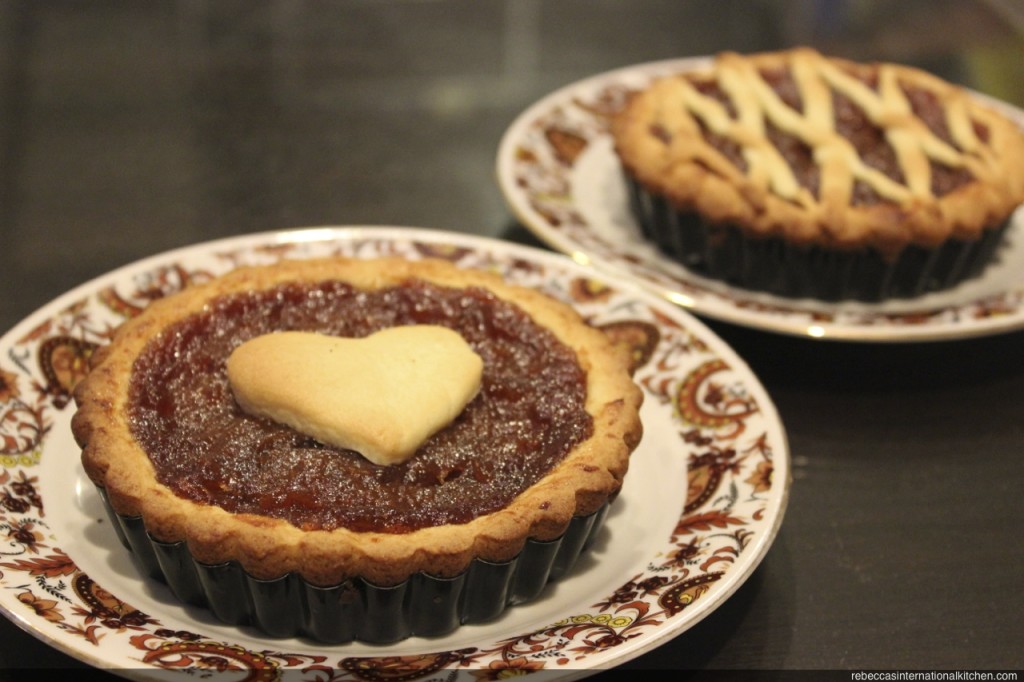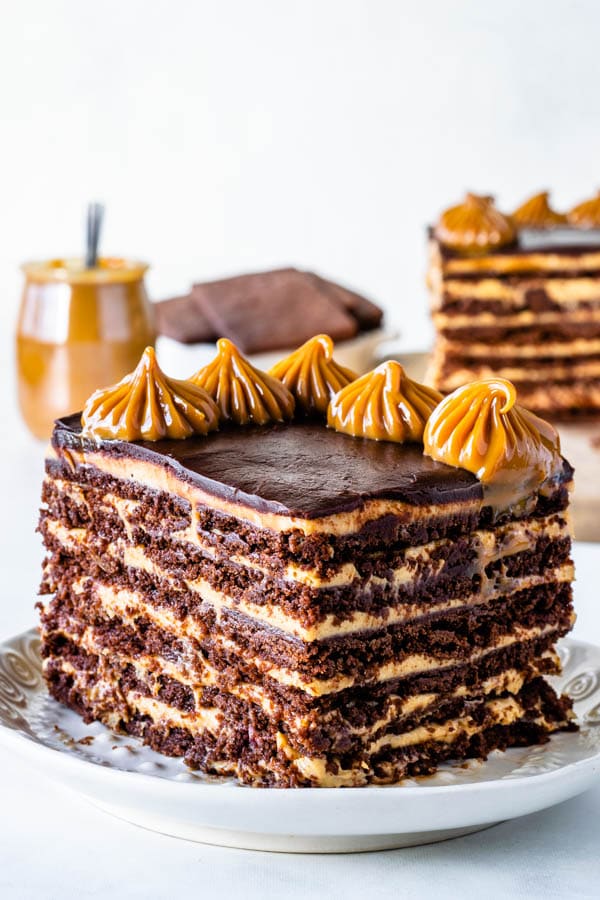
Kue Chocotorta is a beloved Argentine dessert that has captured the hearts and taste buds of many with its rich flavors and simple preparation. Known for its layered structure and indulgent taste, this no-bake treat combines coffee-soaked cookies with creamy dulce de leche and cheese, creating a harmonious blend of textures and flavors. Its popularity extends beyond Argentina’s borders, making it a recognizable symbol of Argentine culinary tradition. Whether served at family gatherings, celebrations, or casual get-togethers, Chocotorta continues to be a favorite dessert choice for many. Its accessibility and delicious taste have cemented its place as a classic in Argentine dessert cuisine.
Origins and Cultural Significance of Chocotorta in Argentina
The origins of Chocotorta trace back to the 1980s in Argentina, where it quickly gained popularity due to its simplicity and delightful flavor profile. It was initially created as an accessible dessert that could be assembled easily at home, requiring minimal ingredients and no baking. Over time, it became a staple in Argentine households, often associated with family gatherings, birthdays, and celebrations. Its cultural significance lies in its role as a comfort food that brings people together, evoking nostalgic memories of shared meals and special occasions.
Chocotorta also reflects Argentina’s rich culinary history, influenced by European flavors and local ingredients like dulce de leche. Its name combines “choco,” referring to chocolate or cocoa-flavored cookies, with “torta,” meaning cake or pie, emphasizing its layered, cake-like structure. The dessert’s popularity has transcended social and regional boundaries, becoming a symbol of Argentine hospitality and the country’s inventive approach to traditional ingredients. Today, it remains a cultural icon, celebrated both for its taste and its role in fostering community bonds.
Key Ingredients Used in Preparing Chocotorta
The core ingredients of Chocotorta are simple yet essential to its distinctive flavor. The foundation consists of chocolate or coffee-flavored cookies, typically Argentine-made “Chocolinas” or similar brands, which absorb the coffee and soften to create the layered texture. These cookies are the primary vehicle for the dessert’s structure and flavor. The filling includes dulce de leche, a caramel-like sweet spread made from caramelized milk, which imparts richness and sweetness. Cream cheese or a mixture of cream and cheese is added to enhance the smooth, creamy consistency.
Additional ingredients often include strong brewed coffee or espresso, used to soak the cookies and intensify the flavor. Some variations incorporate cocoa powder or chocolate for added depth, while others may include a splash of liqueur such as rum or coffee liqueur for extra aroma. The assembly process relies on these ingredients working harmoniously to produce a dessert that is both moist and creamy, with a balance of sweetness and bitterness. The simplicity of these ingredients allows for easy customization, making Chocotorta a versatile dessert.
Step-by-Step Guide to Making Authentic Chocotorta
Creating an authentic Chocotorta involves a straightforward process that emphasizes layering and chilling. Begin by preparing a strong coffee or espresso, allowing it to cool slightly. In the meantime, spread a generous layer of dulce de leche in the bottom of a baking dish or serving platter. Dip each cookie briefly into the coffee, ensuring they are soaked but not soggy, then layer them over the dulce de leche. Once a layer of cookies is complete, spread a mixture of cream cheese and whipped cream over the top, smoothing it out evenly.
Repeat the process of layering soaked cookies and creamy filling until all ingredients are used, finishing with a layer of cream on top. Cover the assembled dessert with plastic wrap and refrigerate for at least 4 hours, ideally overnight, to allow the flavors to meld and the cookies to soften fully. The result should be a firm yet tender layered cake with distinct layers of cookies and creamy filling. Proper chilling is key to achieving the authentic texture and flavor that makes Chocotorta so appealing.
Tips for Achieving the Perfect Texture and Flavor
To ensure the best results when making Chocotorta, attention to detail is essential. First, use high-quality dulce de leche and fresh, flavorful cookies to enhance the overall taste. When soaking the cookies, dip them briefly into the coffee to prevent them from becoming overly soggy, which can compromise the structure. The balance between the creamy filling and the soaked cookies is crucial; too much liquid can make the dessert mushy, while too little can result in a dry texture.
For a smoother, more cohesive filling, consider blending the cream cheese with whipped cream thoroughly, ensuring no lumps remain. Chilling the dessert for an adequate period allows the cookies to absorb moisture evenly and the flavors to develop fully. If you prefer a richer flavor, add a splash of coffee liqueur or a pinch of cocoa powder to the cream mixture. Experimenting with the ratio of dulce de leche to cream cheese can also help customize the sweetness and richness to your preference.
Variations and Creative Twists on Traditional Chocotorta
While the classic Chocotorta remains a favorite, there are numerous creative variations that cater to different tastes and dietary needs. Some enthusiasts incorporate layers of fresh fruit, such as berries or bananas, for added freshness and texture contrast. Others experiment with different types of cookies, including gluten-free or vegan options, to make the dessert accessible to more people. A popular twist involves adding a layer of chocolate ganache or mousse to elevate the decadence of the dessert.
For those seeking a healthier approach, substitutions like Greek yogurt or light cream cheese can reduce calorie content while maintaining creaminess. Some creative cooks include a splash of liqueur, such as Kahlúa or amaretto, to add aromatic complexity. Vegan versions often replace dairy ingredients with plant-based alternatives, creating an equally delicious treat. These variations demonstrate the versatility of Chocotorta and its ability to adapt to different culinary preferences.
Serving Suggestions and Presentation Ideas for Chocotorta
Chocotorta is visually appealing and lends itself well to various presentation styles. For formal occasions, serve slices of the layered dessert on elegant plates, garnished with a dusting of cocoa powder, grated chocolate, or fresh berries for color contrast. For a more casual setting, present the dessert in a clear glass dish or a rustic platter, allowing guests to see the enticing layers. Adding a sprig of mint or a dollop of whipped cream can enhance the presentation and flavor profile.
To make the dessert more festive, consider decorating the top with chocolate shavings, crushed cookies, or colorful sprinkles. Individual servings can be assembled in small jars or cups for a charming, portable treat. Chocotorta pairs well with coffee, tea, or even a glass of dessert wine. Its versatility in presentation makes it suitable for both everyday indulgence and special celebrations, highlighting its status as an adaptable Argentine classic.
Storage and Shelf Life of Homemade Chocotorta
Proper storage is key to maintaining the quality and safety of homemade Chocotorta. Once assembled, cover the dessert tightly with plastic wrap or place it in an airtight container to prevent it from absorbing odors from the refrigerator. It should be stored in the refrigerator at a consistent temperature, ideally between 2°C and 4°C (36°F and 39°F). When stored properly, Chocotorta can last up to 3 to 4 days without significant loss of texture or flavor.
The dessert’s moisture content means it is not suitable for long-term storage beyond a few days, as the cookies may become overly soft or the filling may deteriorate. If you prefer to prepare it in advance, making it a day or two ahead is ideal for optimal freshness. It is best to consume the dessert within this window to enjoy its best texture and flavor. Always check for any signs of spoilage, such as sour smell or mold, before serving leftovers.
Nutritional Information and Dietary Considerations for Chocotorta
As a rich and indulgent dessert, Chocotorta is high in calories, sugars, and fats, primarily due to the dulce de leche and cream cheese components. A typical serving provides a substantial energy boost, making it suitable for occasional treats rather than regular consumption for those on calorie-restricted diets. It contains carbohydrates from the cookies and dulce de leche, along with fats from the dairy ingredients.
For individuals with dietary restrictions, modifications can be made. For example, using low-fat cream cheese or dairy-free alternatives can reduce fat content. Gluten-free cookies are available for those with gluten sensitivities. Vegans can substitute plant-based creams and dulce de leche alternatives to enjoy a similar flavor profile. However, due to its richness, portion control is recommended for those monitoring their intake of sugars and fats.
Kue Chocotorta stands out as a quintessential Argentine dessert that embodies simplicity, tradition, and versatility. Its layered structure, combining coffee-soaked cookies with dulce de leche and creamy fillings, offers a delightful sensory experience that has endured through decades. Whether enjoyed in its classic form or with creative twists, Chocotorta continues to bring people together, celebrating Argentine culinary heritage with every slice. Its enduring popularity underscores its status as a beloved dessert that transcends generations, making it a true cultural icon in the world of sweet treats.
